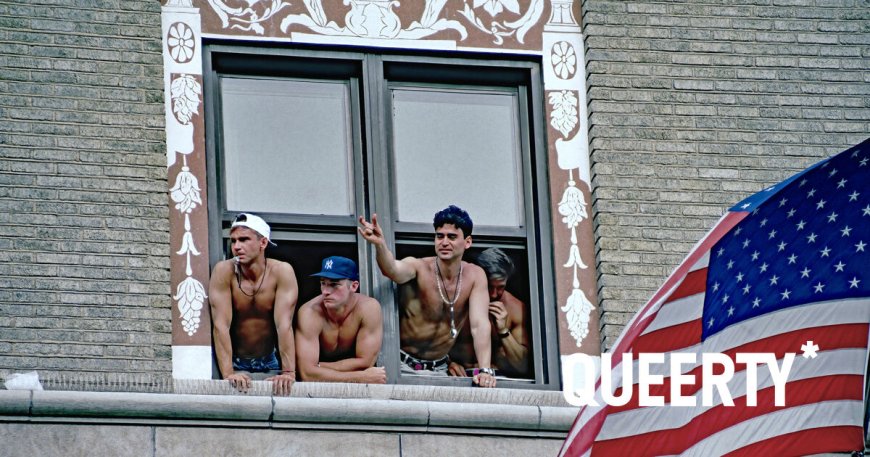WATCH: Check out this amazing 1993 news report about the March on Washington for LGBTQ+ rights
On April 25, 1993, the March on Washington for Lesbian, Gay, and Bi Equal Rights and Liberation took place in Washington, D.C. and drew an estimated 1 million people.


On April 25, 1993, the March on Washington for Lesbian, Gay, and Bi Equal Rights and Liberation took place in Washington, D.C. and drew an estimated 1 million people.
Organizers originally expected to attract a crowd of 100,000, but the D.C. Police Department later put the number at somewhere between 800,000 and 1 million, making it one of the largest protests in American history.

At the time, LGBTQ+ people faced widespread discrimination. The community was also still reeling from the HIV/AIDS crisis. And hate crimes against queer people were on the rise.
Planning the event was a herculean effort. It took almost two years and involved a 12-member executive committee, as well as a steering committee over over 200 people.
Together, organizers came up with seven primary demands:
- We demand passage of a lesbian, gay, bisexual, and transgender civil rights bill and an end to discrimination by state and federal governments including the military; repeal of all sodomy laws and other laws that criminalize private sexual expression between consenting adults.
- We demand massive increase in funding for AIDS education, research, and patient care; universal access to health care including alternative therapies; and an end to sexism in medical research and health care.
- We demand legislation to prevent discrimination against lesbians, gays, bisexuals and transgender people in the areas of family diversity, custody, adoption and foster care and that the definition of family includes the full diversity of all family structures.
- We demand full and equal inclusion of lesbians, gays, bisexuals and transgender people in the educational system, and inclusion of lesbian, gay, bisexual and transgender studies in multicultural curricula.
- We demand the right to reproductive freedom and choice, to control our own bodies, and an end to sexist discrimination.
- We demand an end to racial and ethnic discrimination in all forms.
- We demand an end to discrimination and violent oppression based on actual or perceived sexual orientation, identification, race, religion, identity, sex and gender expression, disability, age, class, AIDS/HIV infection.

Years earlier, television networks ignored the National March on Washington for Lesbian and Gay Rights in 1979. And most of them misinterpreted the 1987 march as an HIV/AIDS protest.
But by the early 1990s, gay people had become impossible to ignore or misinterpret. C-SPAN ran more than six hours of live coverage, which you can see here. And Good Morning America ran an eight-minute segment on the 1993 march.
Watch.

 Mark
Mark 





